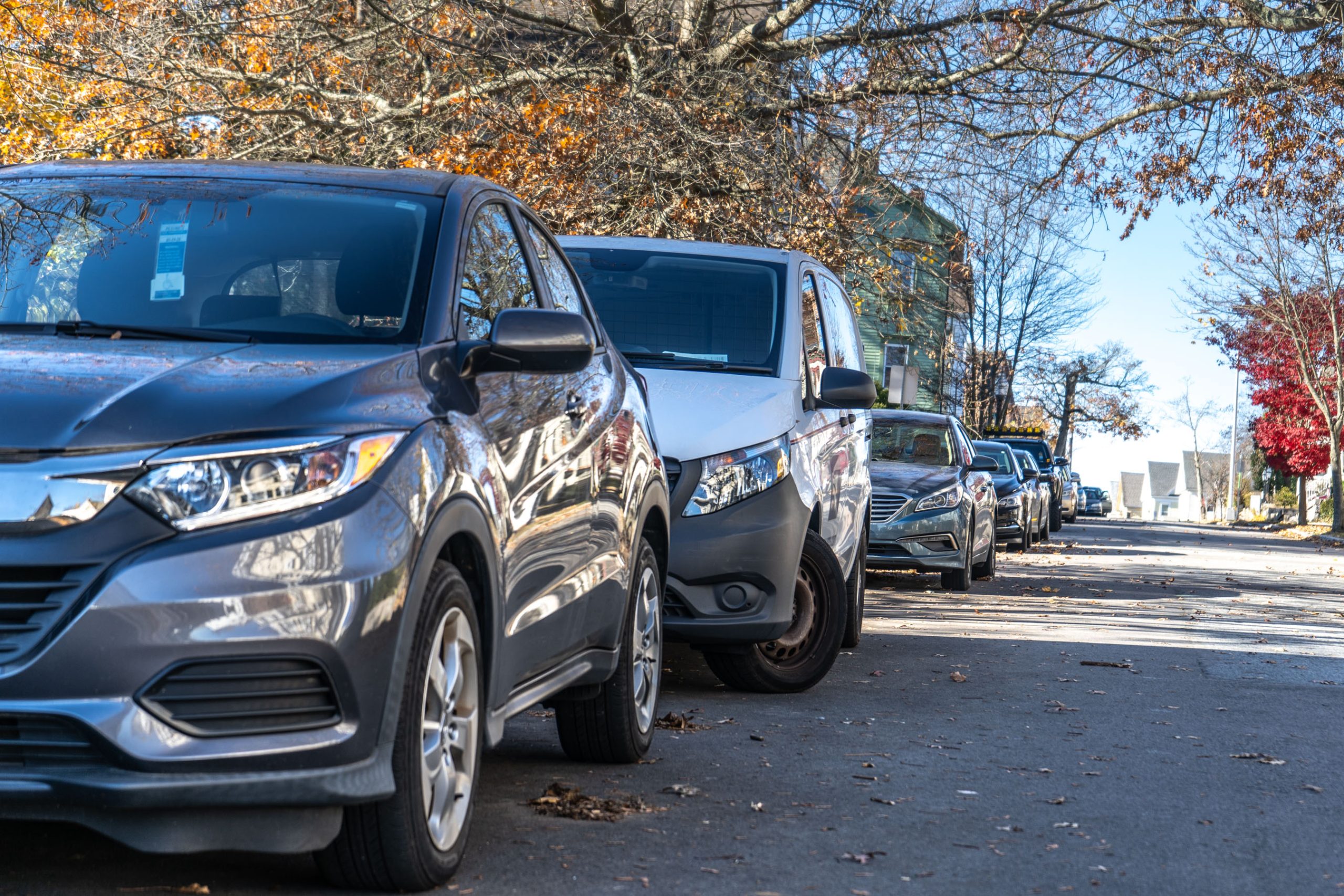In the Netherlands example above there is some quad track in the very core of the network, but most of the high frequency is done on dual track only. Extensive use of preventative maintenance (no dead trains on the tracks), lots of track and train sensors, and big data based analytics to continuously monitor performance and prevent even minor delays (which tend to cascade). 92% on-time performance (within 3 minutes). Simultaneous arrival/departure, cross-platform transfers between lines, are a common feature.
It is basically about wanting to make the trains run on time, then using readily available tools and technology to do it.


